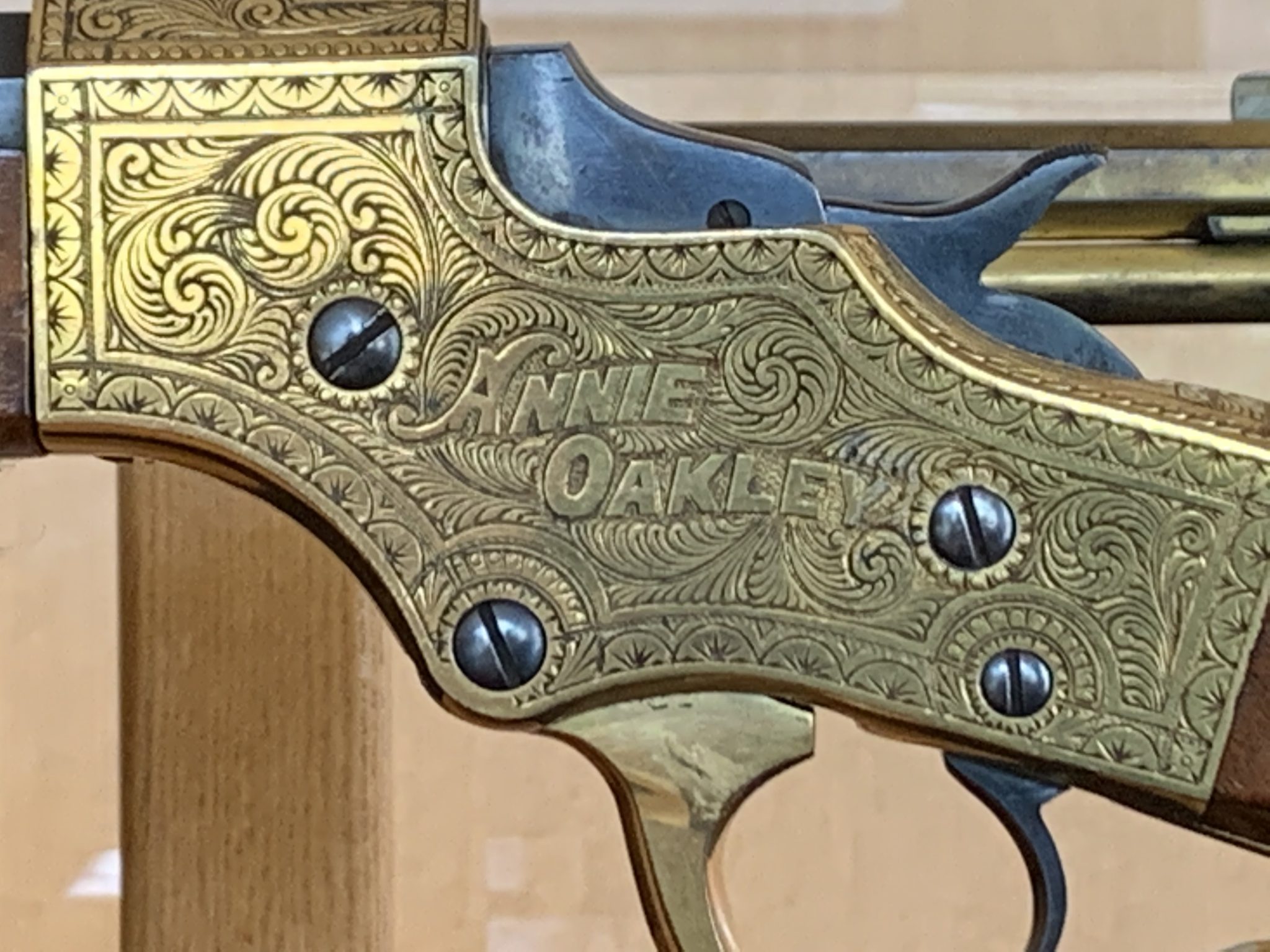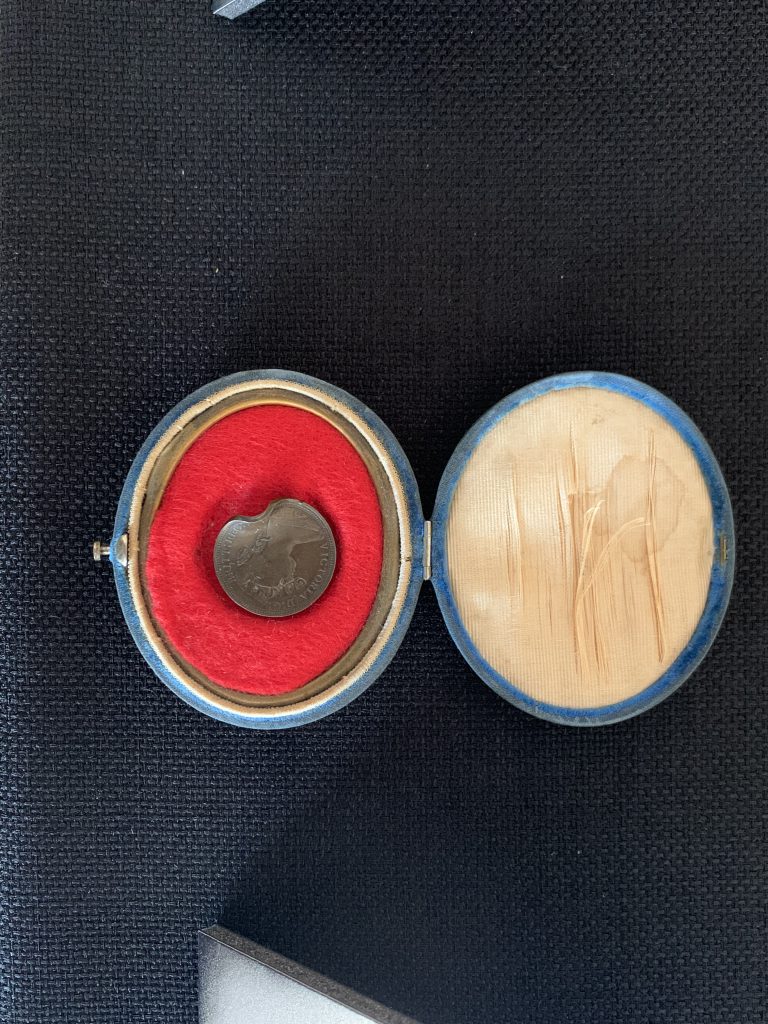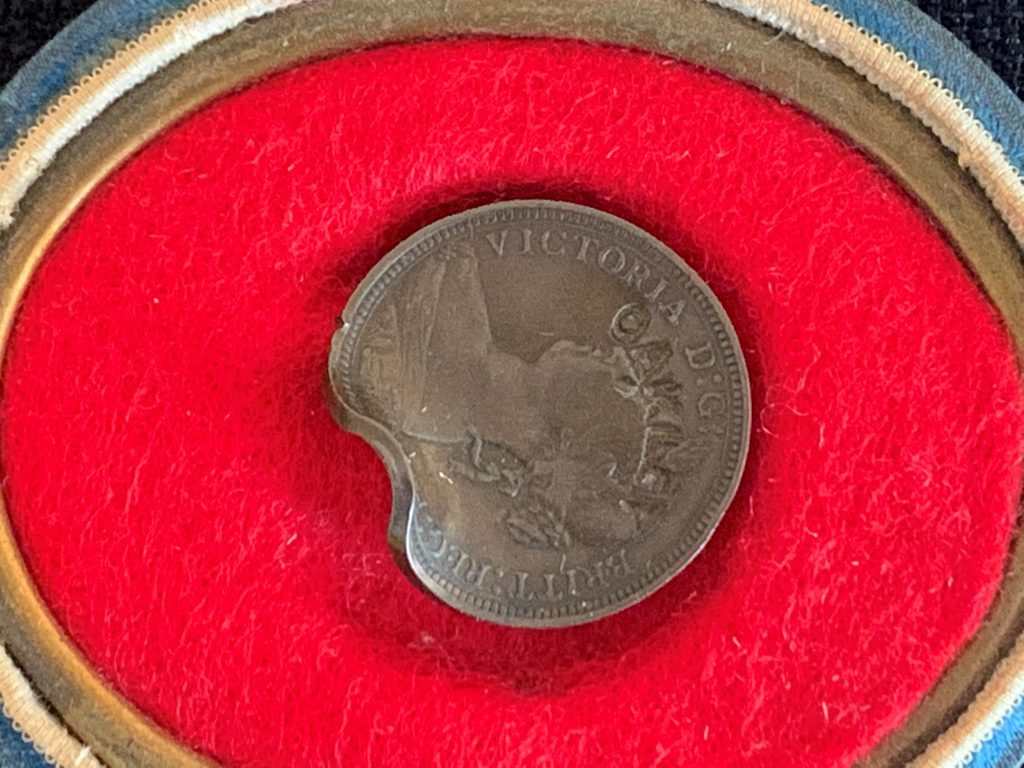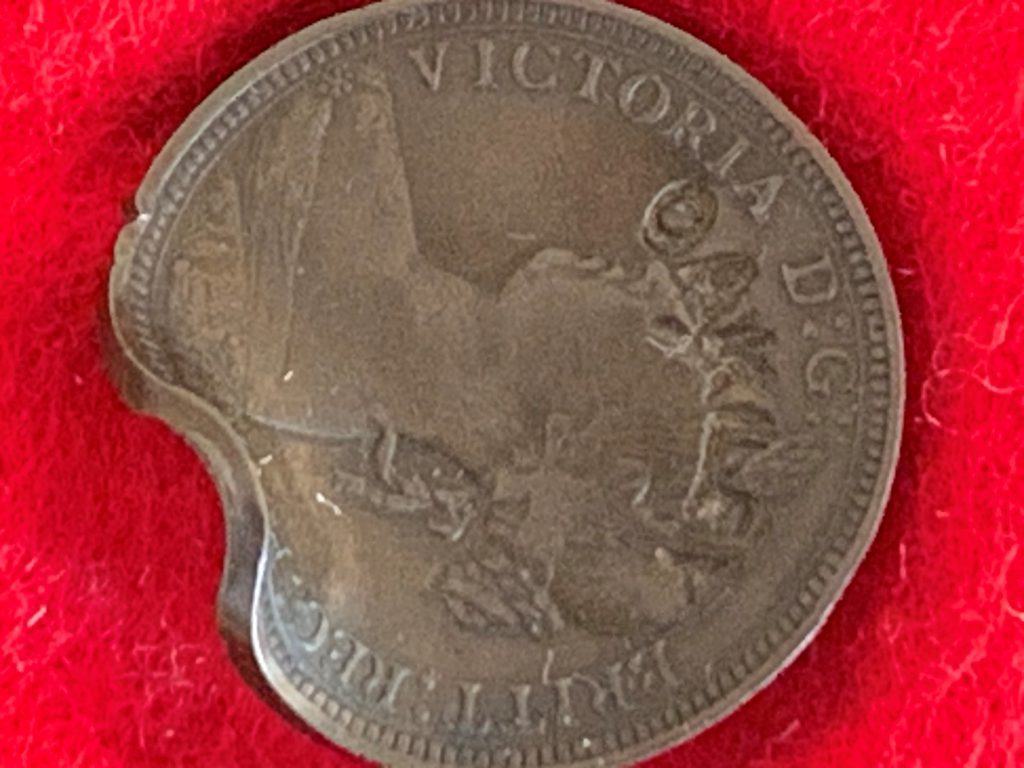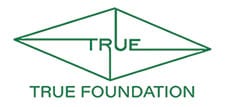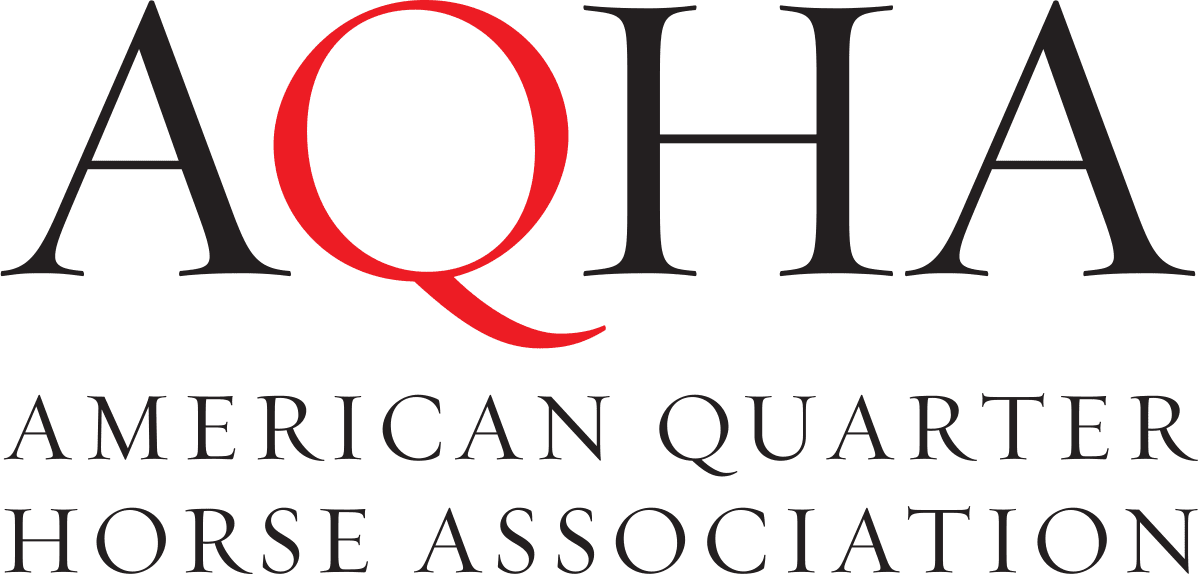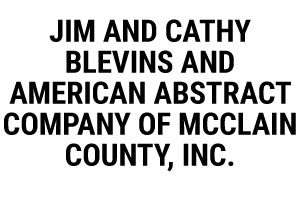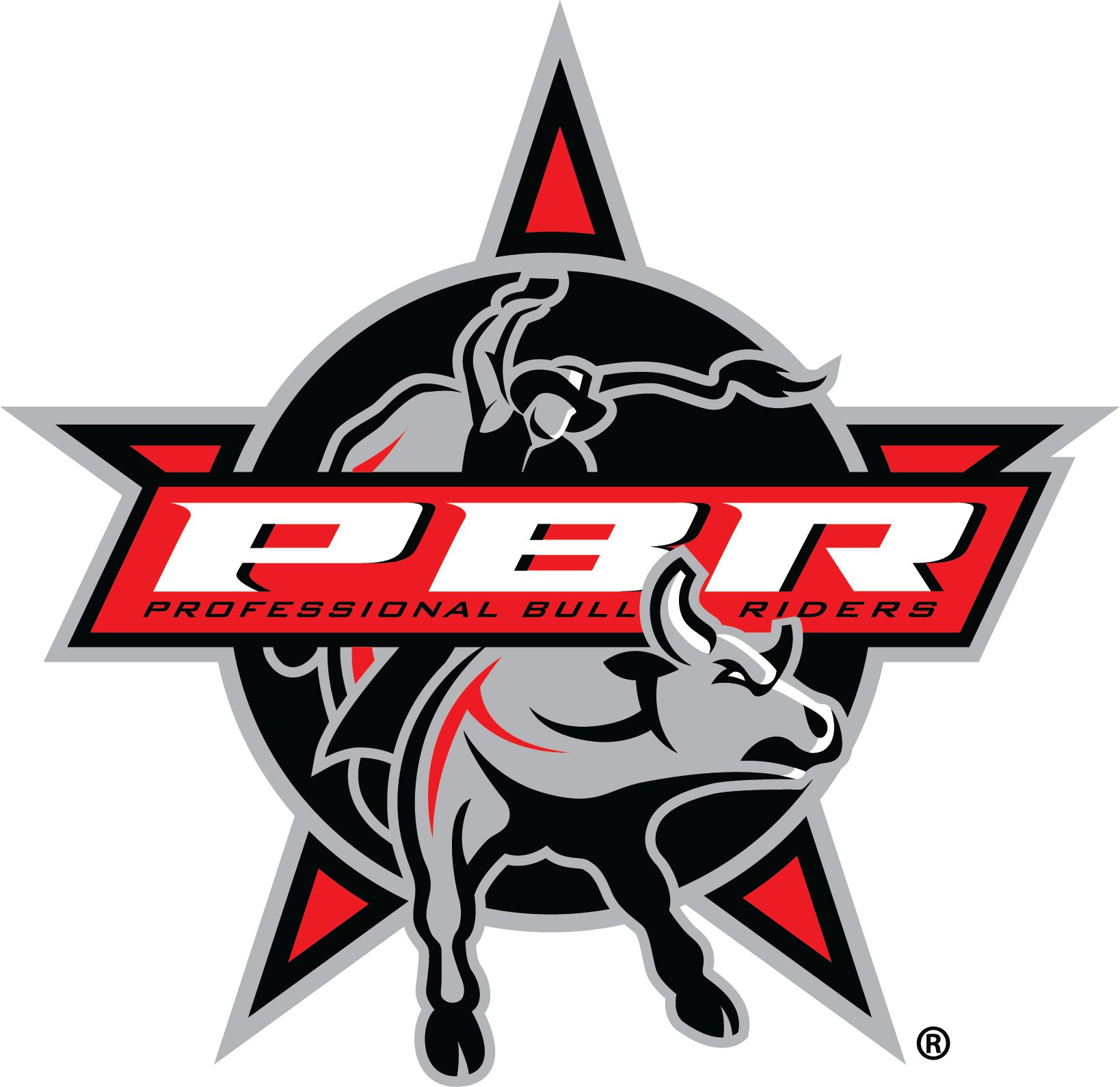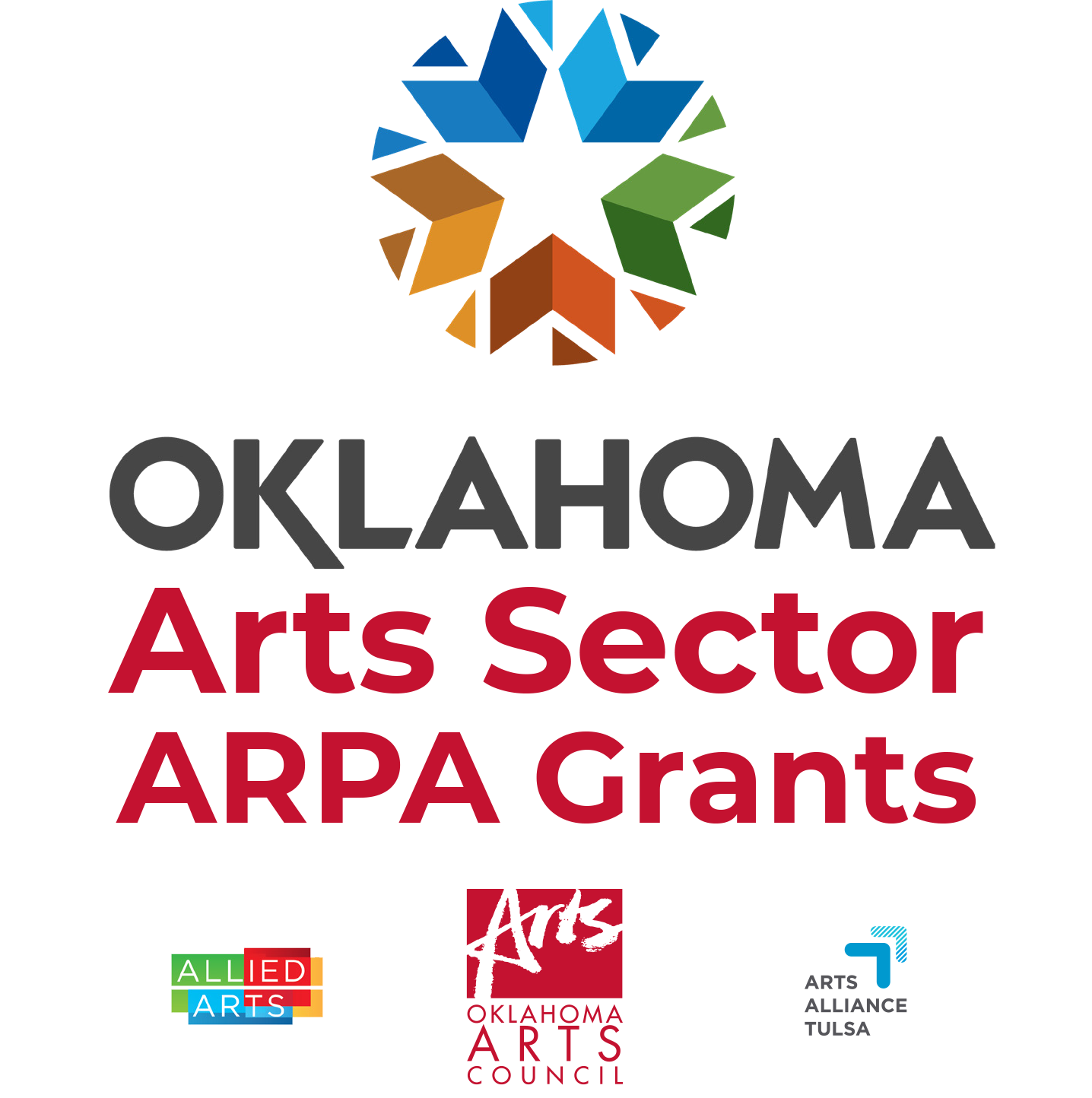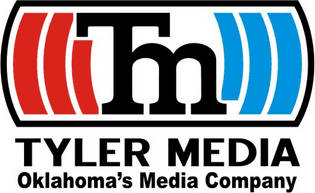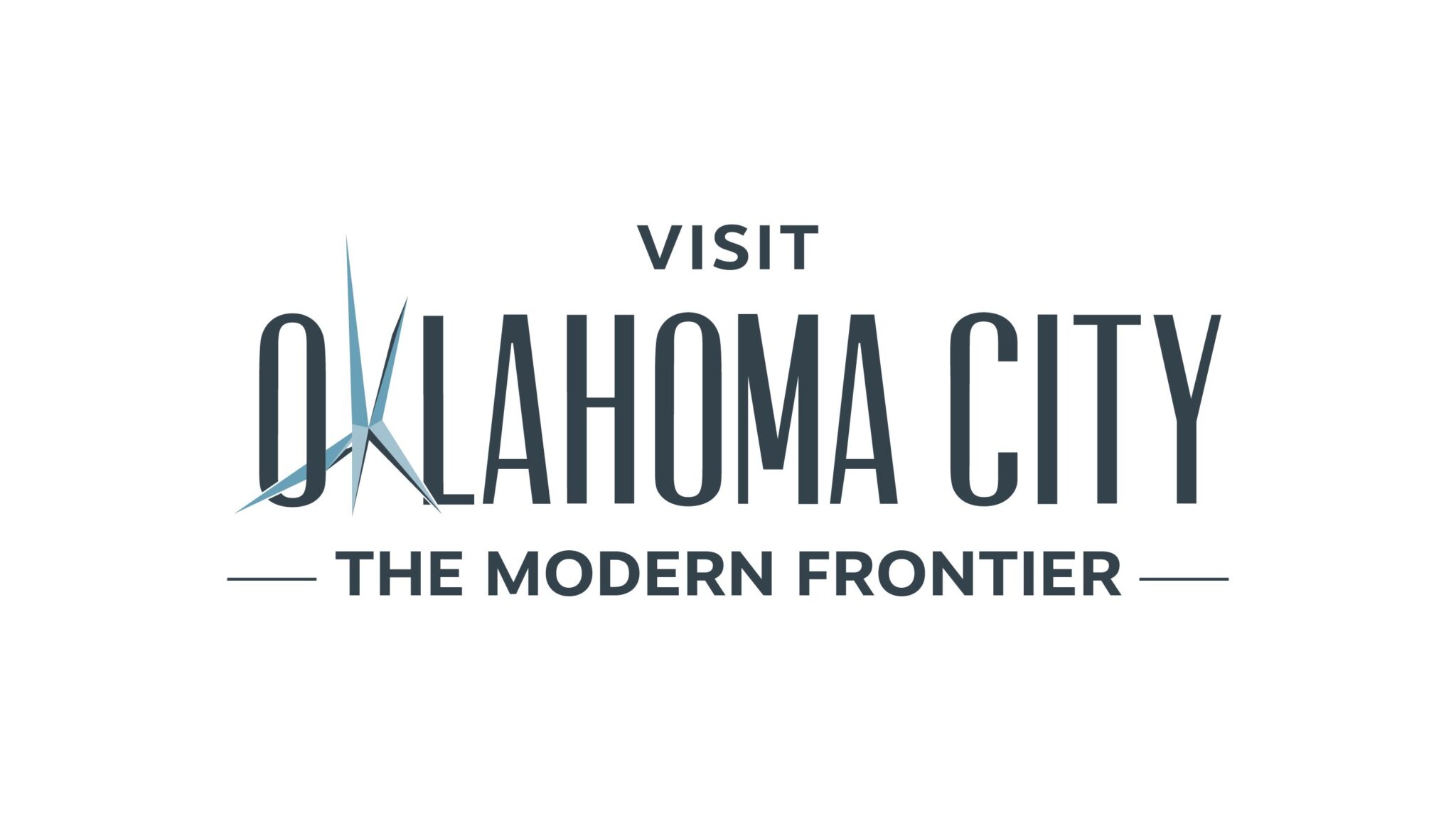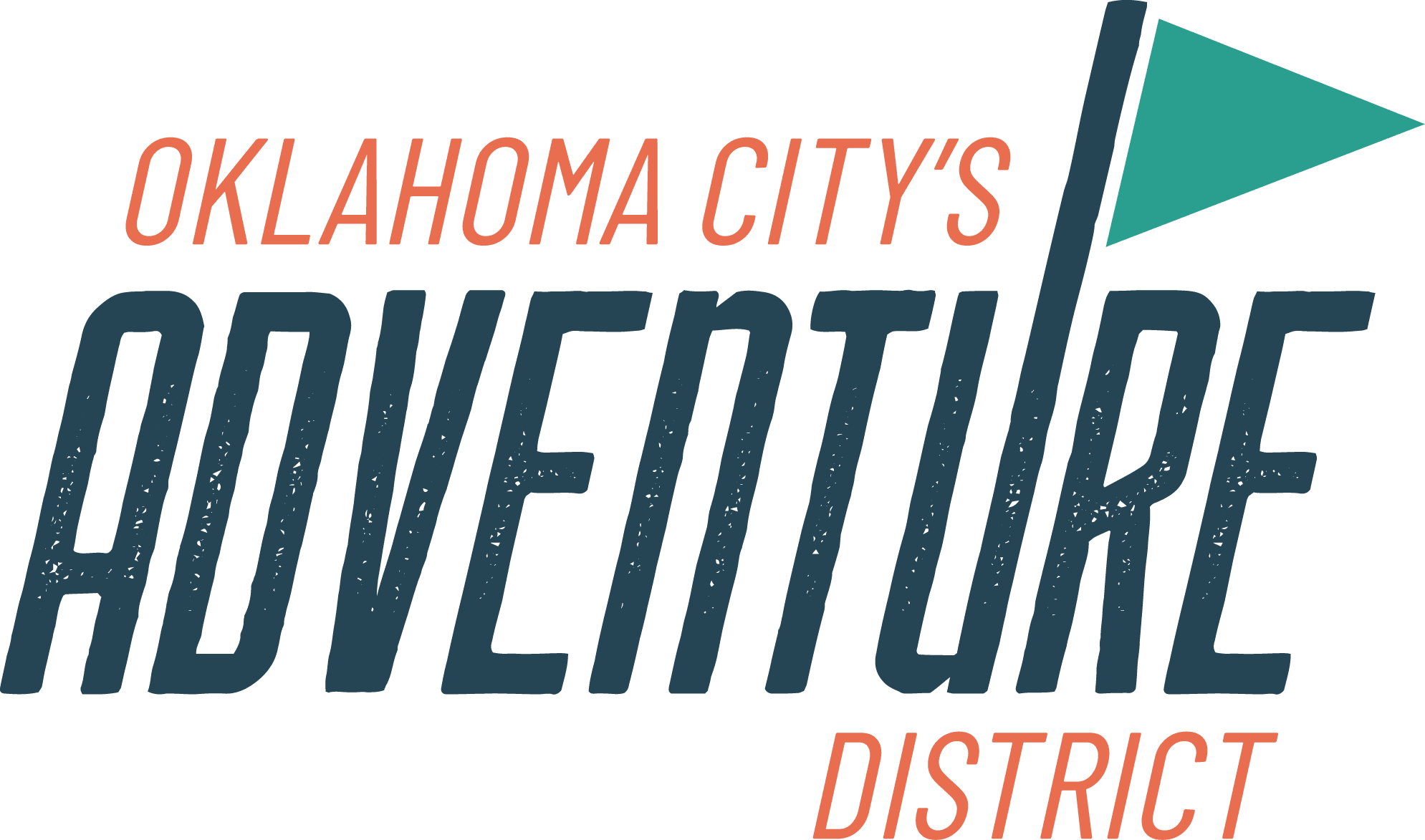For the last month we’ve been highlighting The Annie Oakley Society (AOS) and their signature project, Liichokoshomo’, in anticipation of its Virtual Opening Celebration tomorrow. And while Liichokoshkomo’ certainly deserves its moment in the spotlight, today we get to highlight another exciting addition to the Museum.
Wyoming businessman and philanthropist Foster Friess donated these Annie Oakley artifacts in honor of his wife, Lynn Friess and Cathy Keating, founders of the Annie Oakley Society and members of the Board of Directors of the National Cowboy & Western Heritage Museum. With this donation, the Museum has become an Annie Oakley destination.
Retired curator of history at the National Cowboy Museum and noted firearms scholar Richard Rattenbury said “[The] two superlative Oakley rifles with impeccable provenance [are] the best in public collections.”
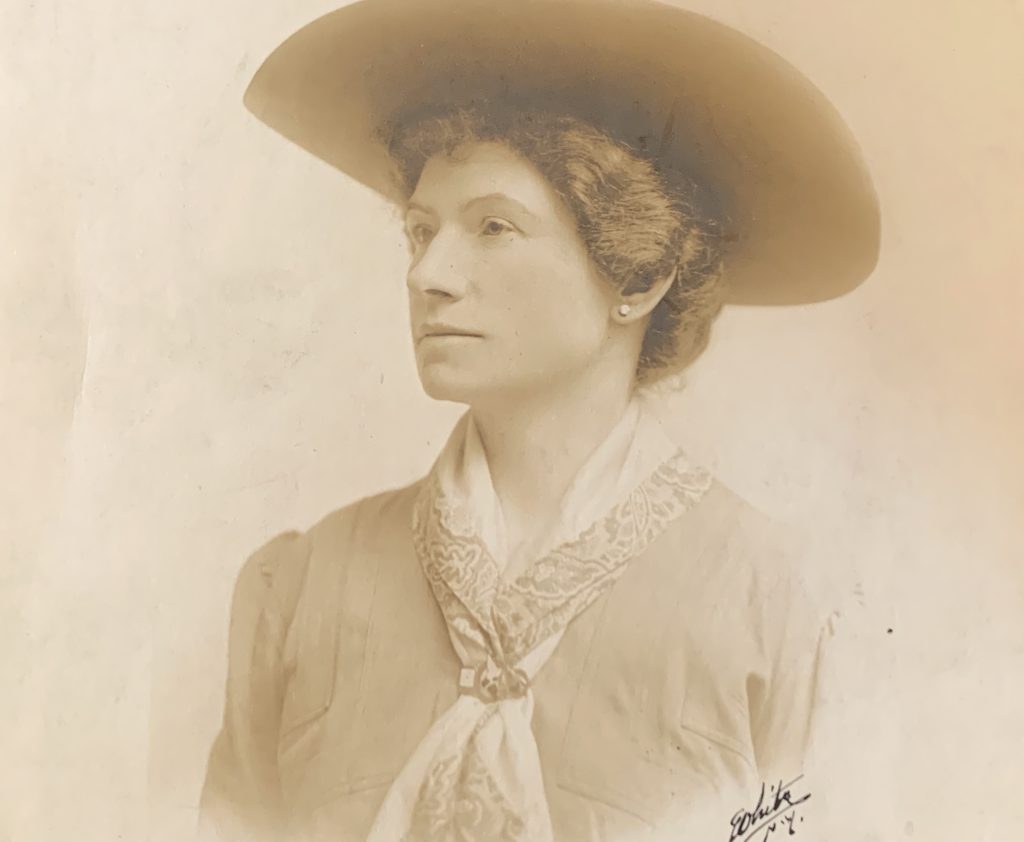
About Annie Oakley
Born Phoebe Ann Moses in Darke County, Ohio, and called “Annie” by her family Annie Oakley adapted to her circumstances to excel in a traditionally male-dominated arena. She lost her father and step-father at an early age, leaving her mother with eight children to rear. She grew up poor and began hunting to sell game to grocery stores and hotels and became a crack shot. Competing against celebrated marksman Frank E. Butler (1847-1926) in Cincinnati in 1875, she bested Butler. The two later married.
The couple toured the country with Annie acting as Butler’s assistant then as his shooting partner and she adopted the stage name “Oakley.” While in St. Paul, Minnesota, the Lakota leader Sitting Bull arranged to meet Annie Oakley and nicknamed her “Little Sure Shot.” The Butlers toured with Sells Brothers Circus in 1884 then with Buffalo Bill’s Wild West from 1885 to 1901. After touring with Buffalo Bill for sixteen years, and following a back injury due to a train accident, the couple settled first in Maryland, then in North Carolina.
In true Western fashion, when the United States entered World War I in 1917, Annie Oakley wrote to Secretary of War Henry L. Stimson offering to fully fund and train a regiment of women volunteers to fight during the Great War. She also offered to teach soldiers marksmanship. Both offers were declined. Annie Oakley had offered to do the same during the Spanish-American War with President William McKinley.
An automobile accident prevented Annie Oakley’s 1922 comeback and in 1926 she passed away. Frank died seventeen days later. They were married for fifty years.
About the New Acquisitions
About 1893, the Stevens Firearms Company of Chicopee Falls, Massachusetts, built a Model 44 lever-action rifle (.25-20 caliber) to Annie Oakley’s specifications. Stevens was known for its accurate, small-caliber rifles. The frame, receiver, and lever are gold plated frame and lever. The left side of the receiver is engraved “ANNIE OAKLEY” and the right is engraved “NUTLEY N.J.” (Annie Oakley and her husband Frank Butler had their first home at Nutley, a small town near New York City.) The buttstock and forearm are full-figured deluxe walnut finely checkered with ribbons and fleur-de-lis
The Marlin Firearms Company of New Haven, Connecticut, presented one its Model 1897 lever-action rifles (.22 caliber) to Annie Oakley in 1903, the first of two engraved and gold-plated Model 1897s Marlin presented to her (the second in 1906). Prior to the gift, she often used a Marlin Model 1891 .22 caliber sliding rifle. The receiver on the Marlin rifle is engraved and fully plated in gold, with deluxe walnut forearm and pistol grip stock with fancy fleur de lis checkering . The silver presentation plate on the buttstock reads: “PRESENTED TO Annie Oakley LITTLE SURE SHOT BY MARLIN FIREARMS CO. NEW HAVEN, CONN. 3-25-03.”
The rare Edward Thayer Monroe original photograph of Annie Oakley, from about 1910, shows her wearing her “cowboy-girl” silk scarf, her “Western Girl” wig, and a Western hat. The photographer worked for the White Studio in New York City when White’s was Broadway’s foremost photographer of stage production. Monroe became chief photographer in 1915. By 1923 Vanity Fair listed Monroe among the ten most important portrait photographers of the day.
Annie Oakley performed with Buffalo Bill’s Wild West in London in 1887 as part of the Golden Jubilee for Queen Victoria. As part of her act, her husband Frank Butler tossed coins in the air which she shot with a rifle. The British half-penny also donated is stamped “OAKLEY.”
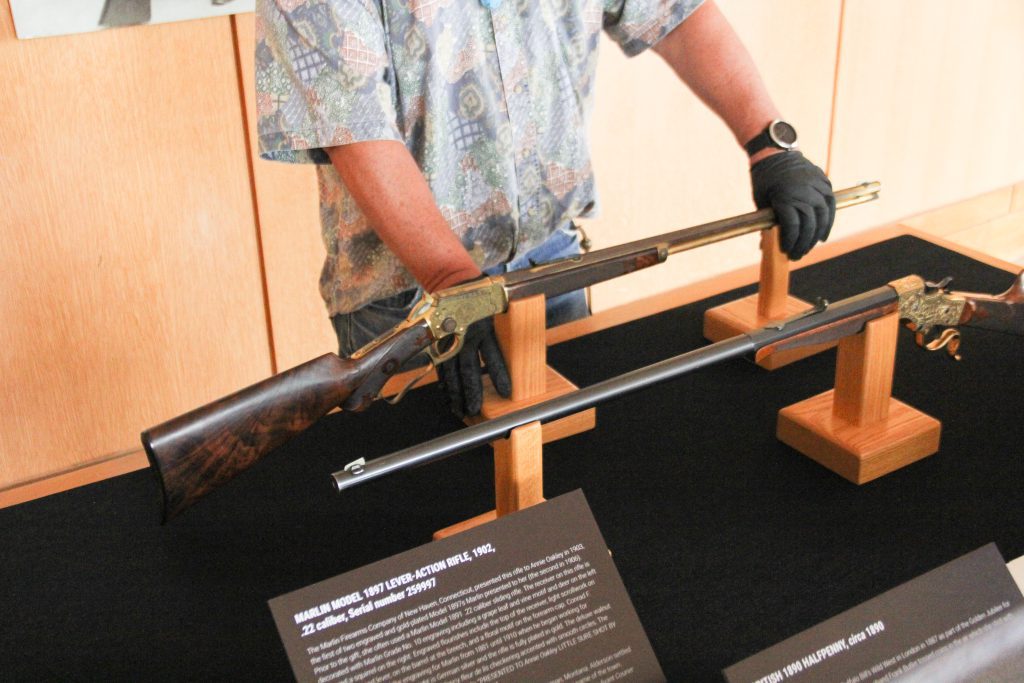
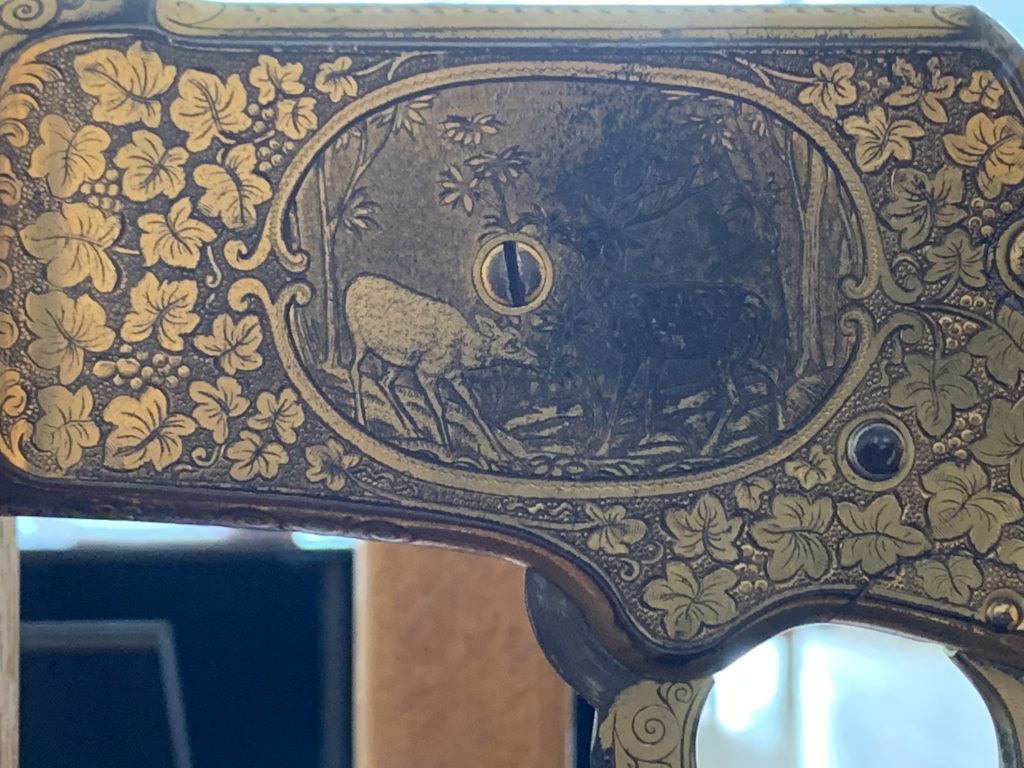
The National Cowboy & Western Heritage Museum is proud to preserve, interpret and exhibit these artifacts for all those who will see them and be moved by Annie Oakley’s story, which was the inspiration for the creation of the Annie Oakley Society.
Cathy Keating describes Annie’s inspiration as, “She lived her motto, “AIM HIGH,” when she was a child living in desperate conditions and she created her own path forward. She truly dreamed big and never gave up. She also gave back to causes that she believed in and was a patriot through and through. We have the opportunity to use her as a shining example for anyone suffering through challenging times… like so many are today!”
You can help support the future of AOS and its mission of hands-on education of children and empowering and inspiring the next generation of women through a donation or by becoming a member of AOS. Be a part of the future as we help explore and better understand the past.
Join Lynn Friess, Cathy Keating, Judy Hatfield and the entire Annie Oakley Society for Liichokoshkomo’s Virtual Opening Celebration tomorrow (September 17th, 2020) at 6:00 p.m.
And be sure to come see the new Annie Oakley items, now on exhibit. The Museum is grateful for the continued support of Foster and Lynn Friess. Their legacy will live on for future generations through their many gifts, including these recent acquisitions.
